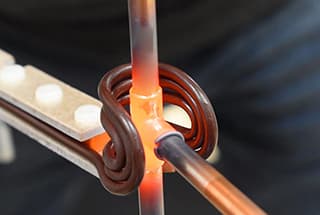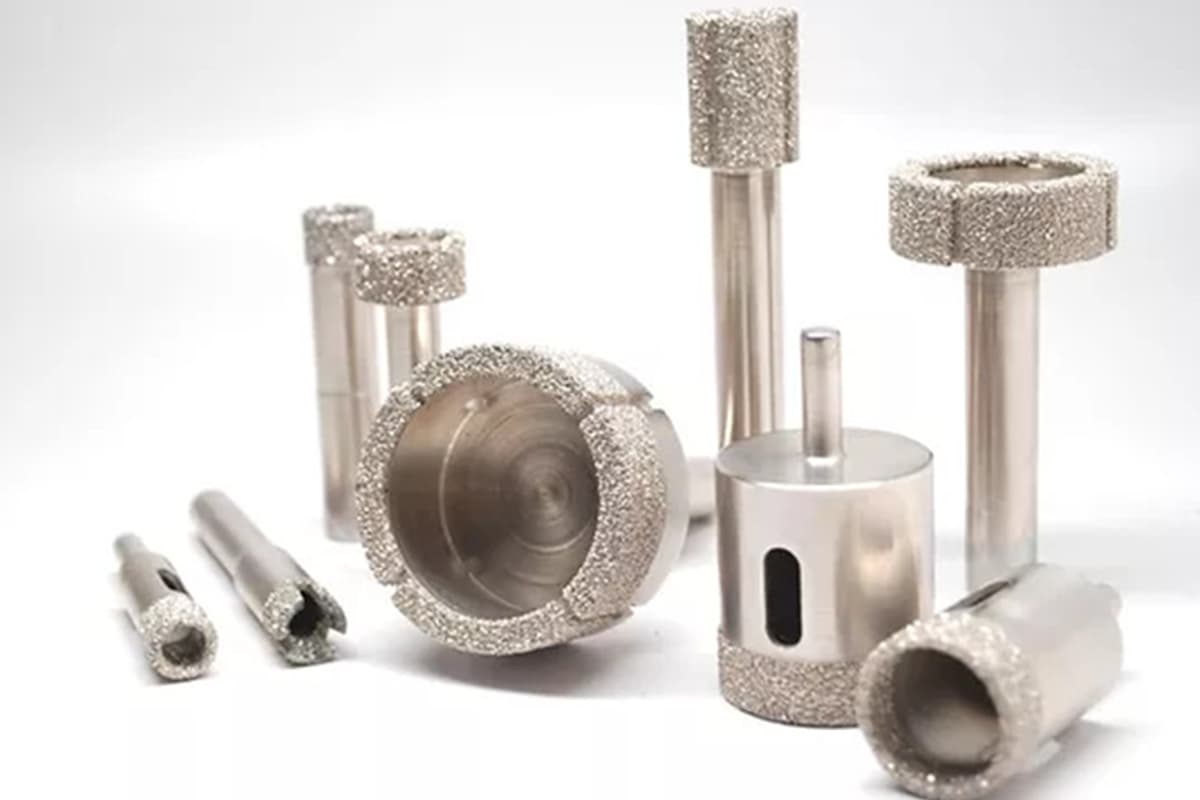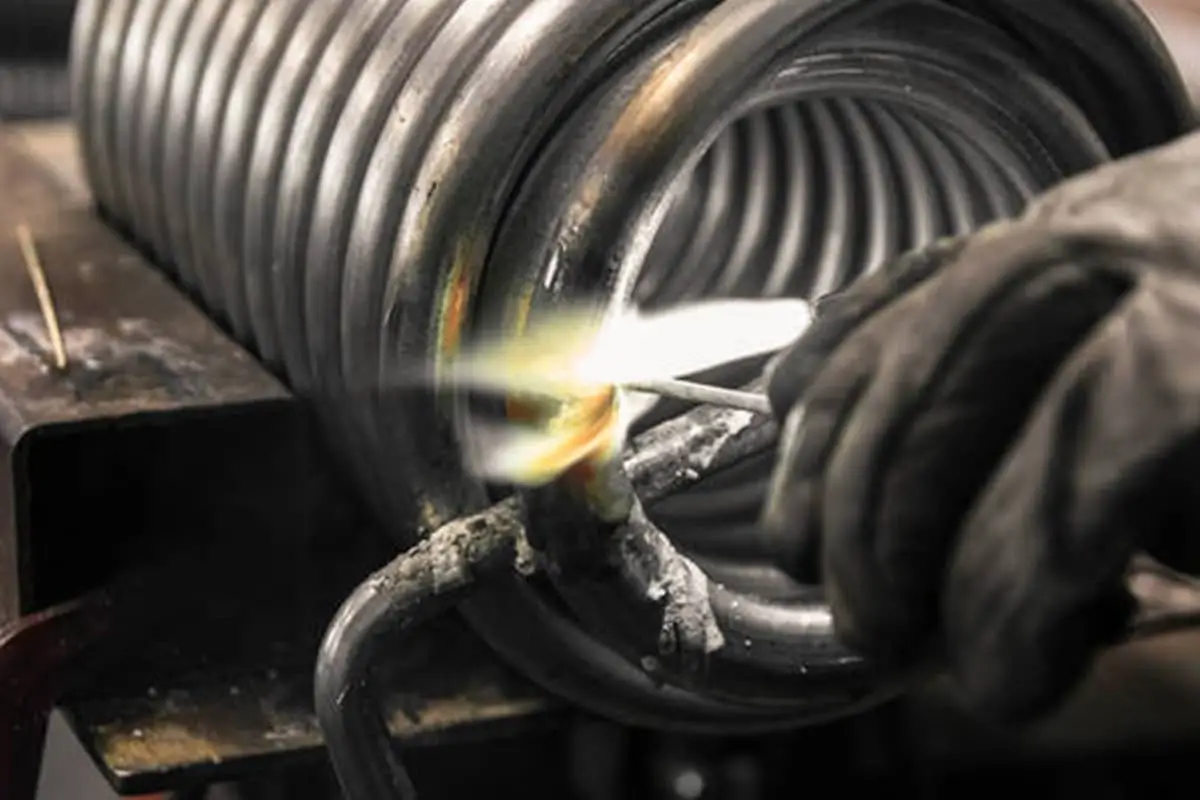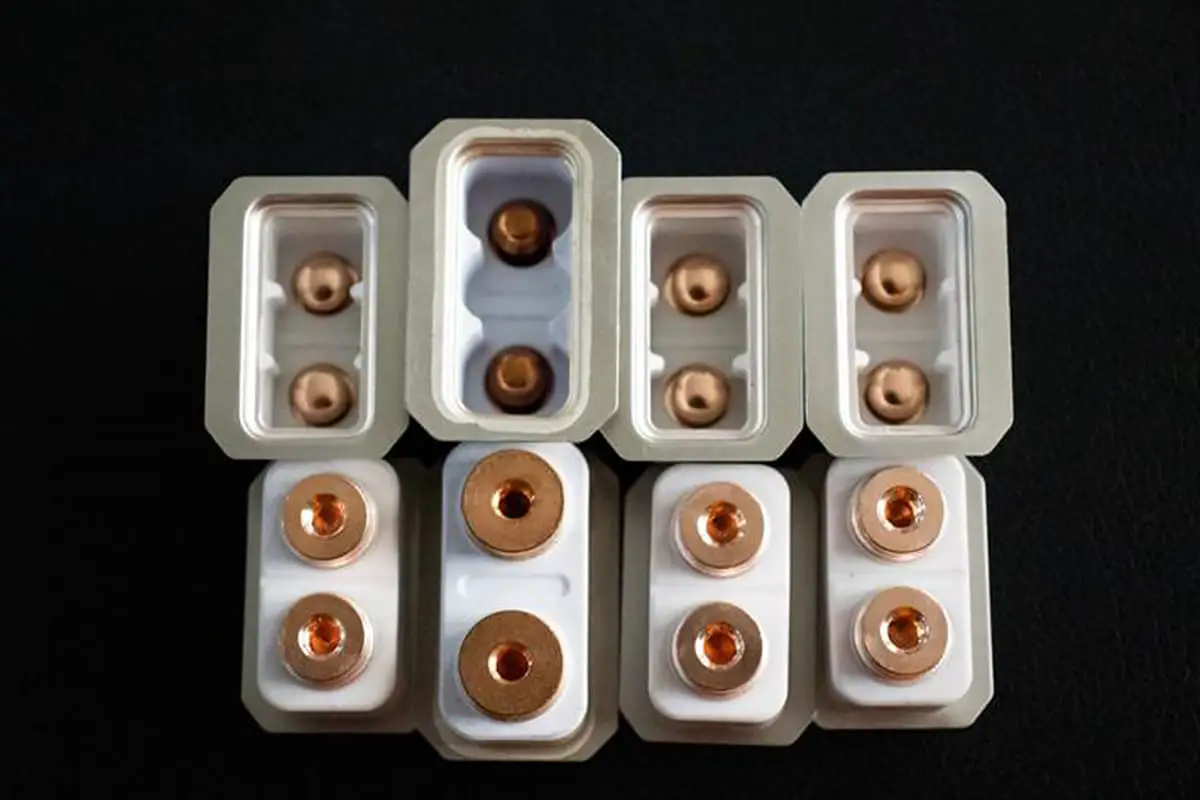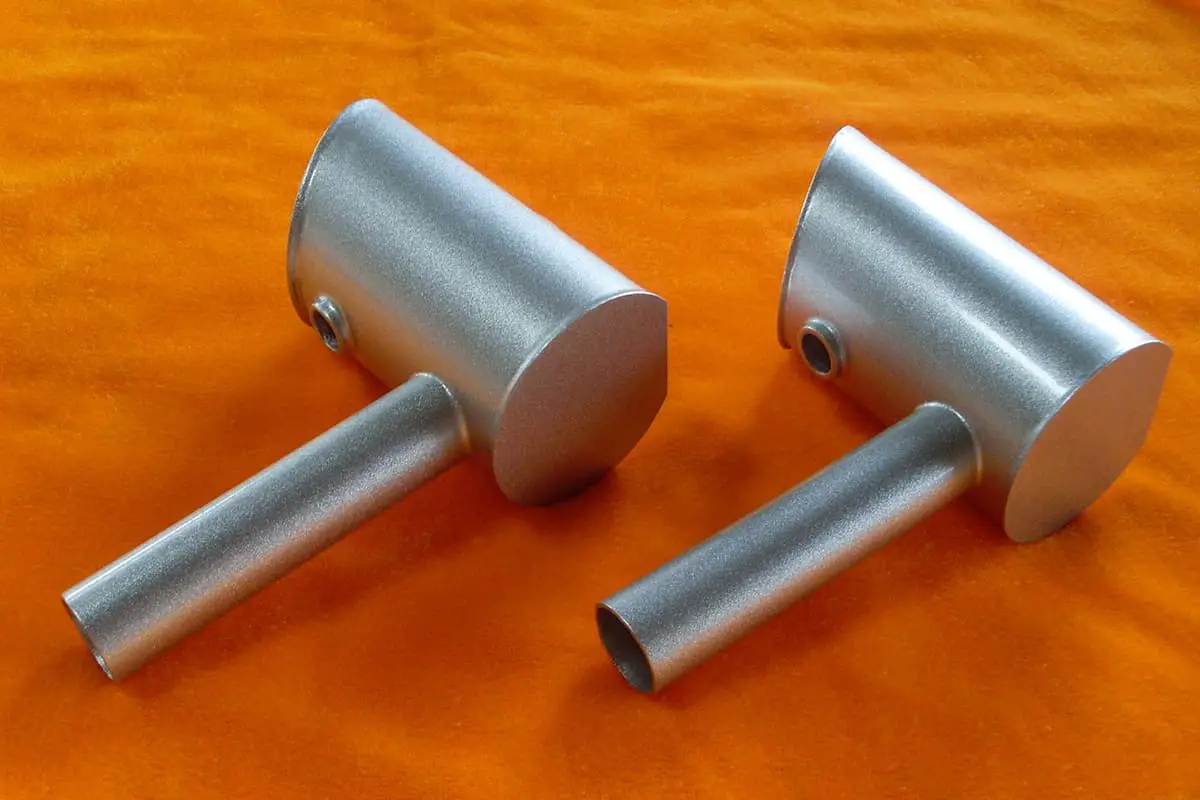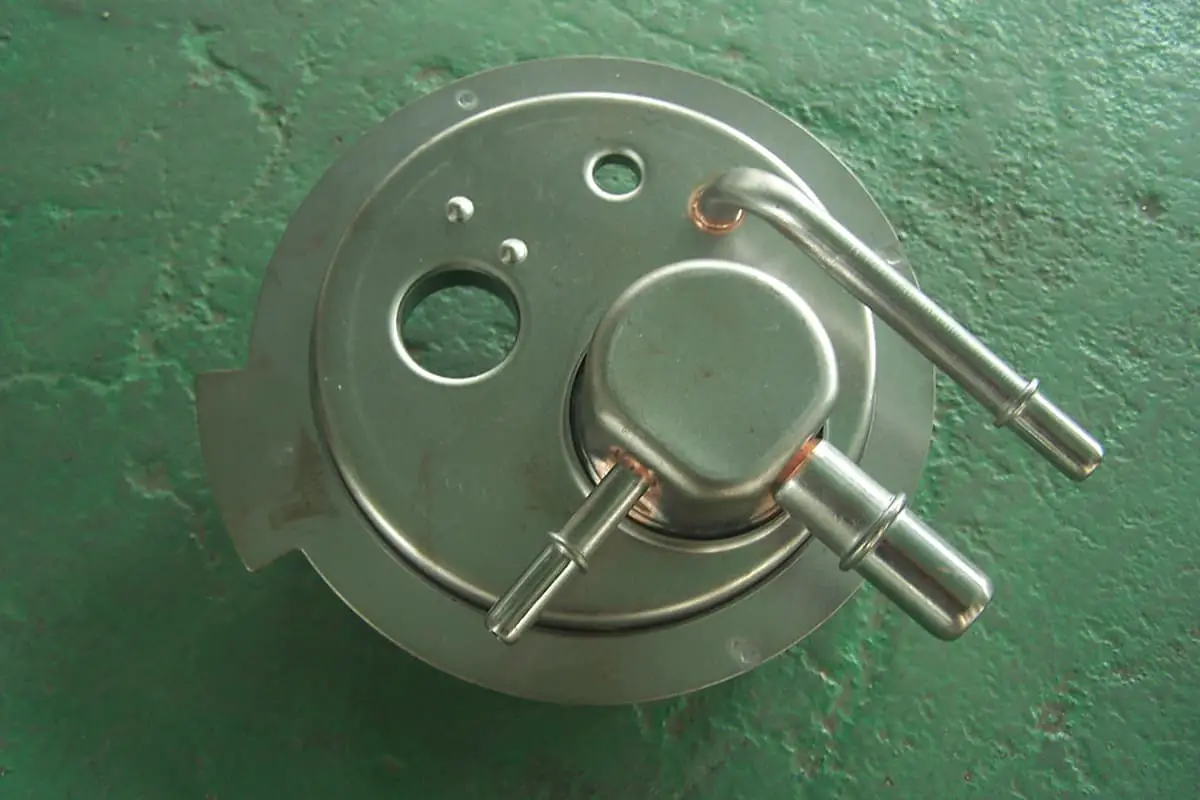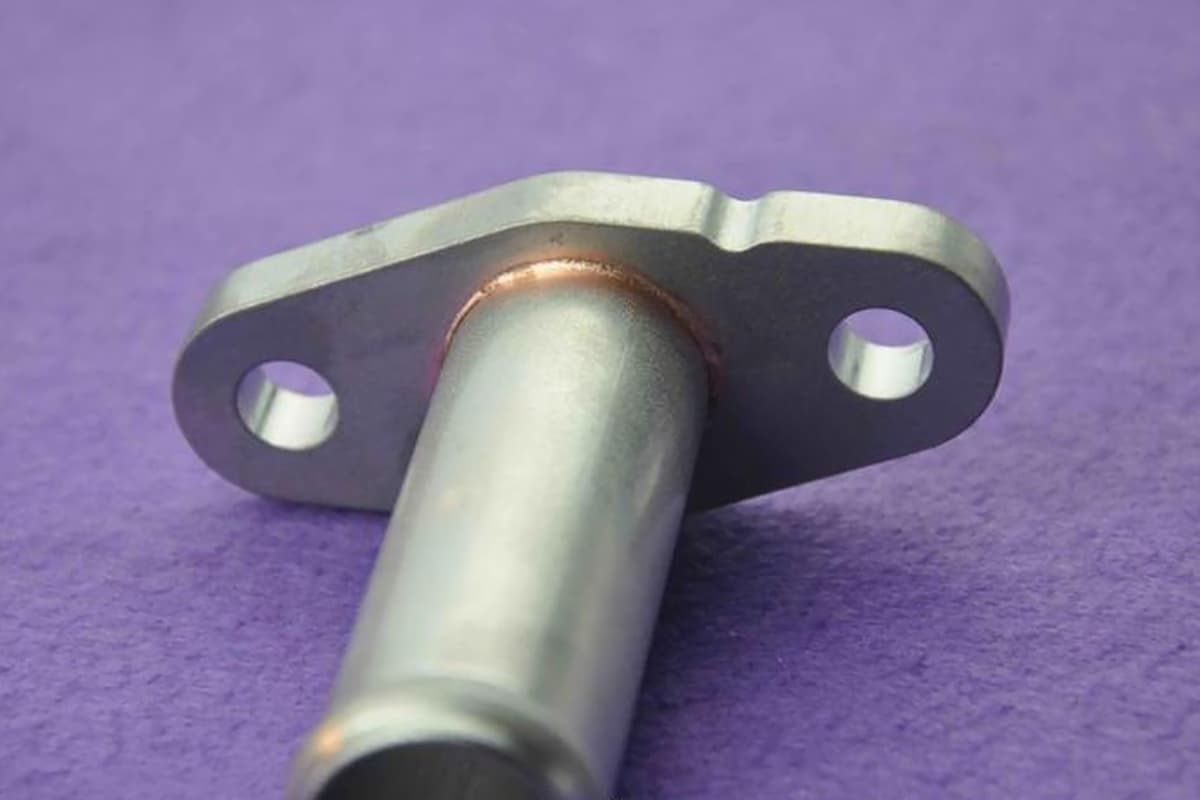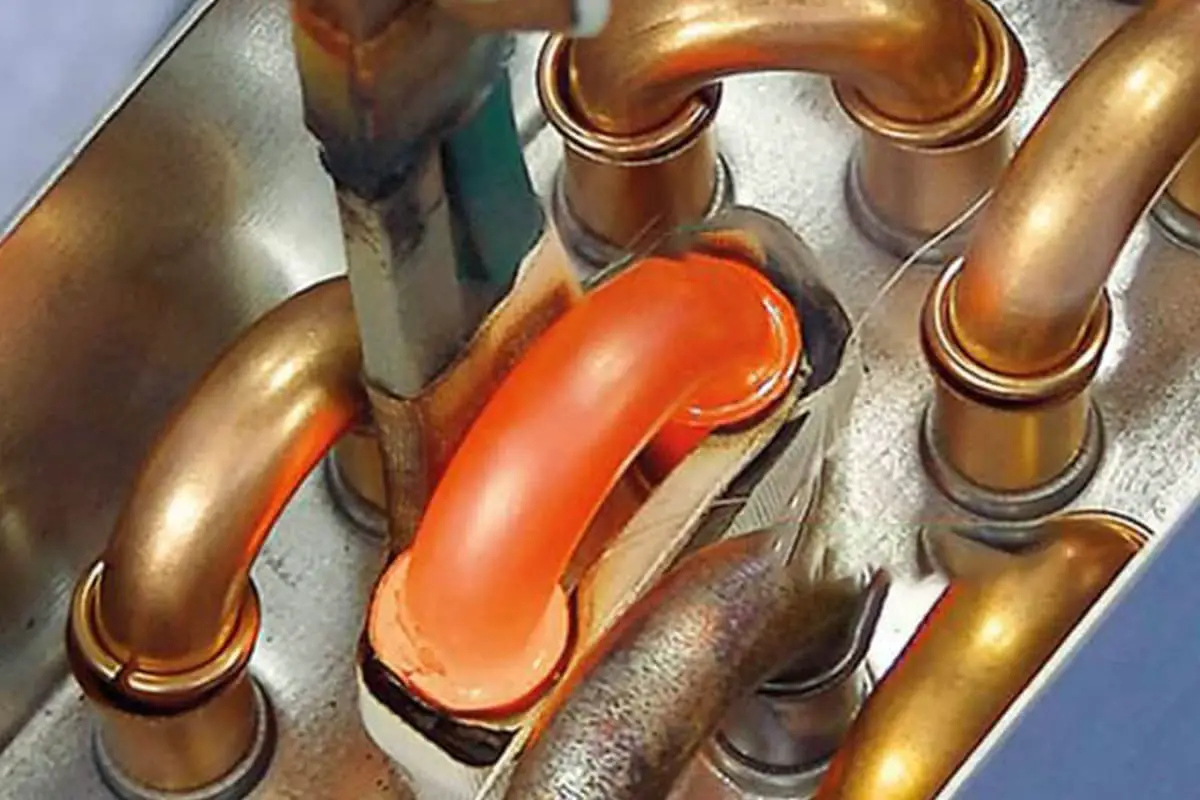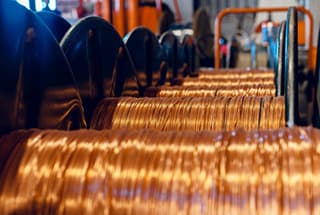
Why does brazing cemented carbide pose such a challenge? This article unpacks the basics of brazing this incredibly hard material, detailing the processes, materials, and techniques required to achieve strong, reliable joints. From surface preparation to choosing the right filler metal and flux, you’ll learn essential tips to overcome common issues like poor wettability and joint cracking. Gain insights that can enhance the durability and performance of your brazed assemblies.
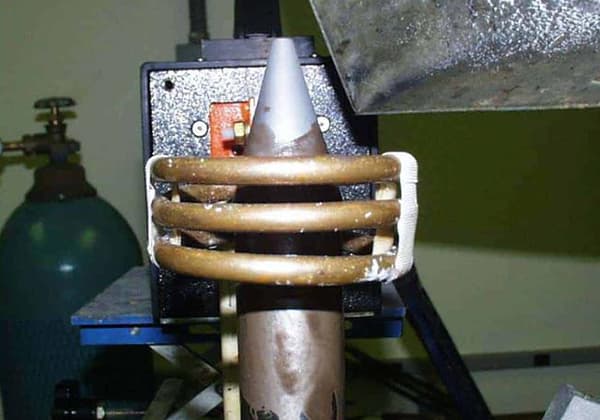
Cemented carbide is a general name of alloy prepared by powder metallurgy from 9 kinds of metal carbides of IVa, Va and VIa groups in the periodic table of elements and iron group metals such as Fe, Co and Ni.
The carbide phase makes the alloy have high hardness and wear resistance, while the bonding phase endows the alloy with certain strength and toughness.
According to composition, cemented carbides can be divided into five categories: tungsten carbide-based cemented carbides, titanium carbide-based cemented carbides, coated cemented carbides, steel-based cemented carbides and other cemented carbides.
According to its application scope, cemented carbide can be divided into four categories: cemented carbide cutting tools, cemented carbide molds, cemented carbide measuring tools and wear-resistant parts, and cemented carbide for mining petroleum geology.
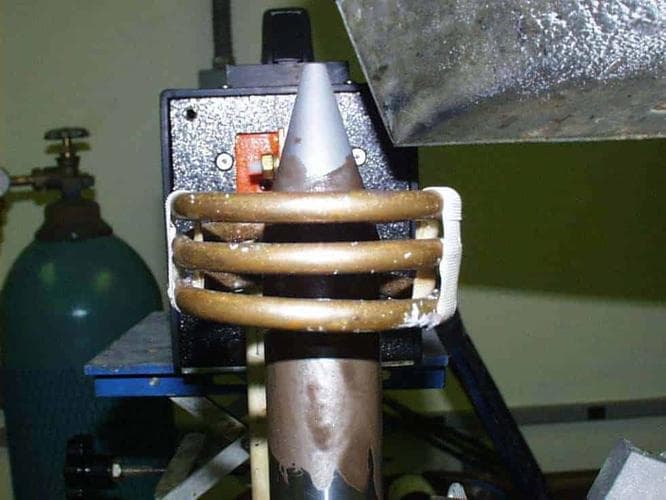
Generally speaking, WC Co cemented carbides are widely used, such as cutting tools, metal drawing dies, stamping dies, measuring tools for cast iron, non-ferrous metals and their alloys, and wear-resistant parts for mining machinery and geological exploration;
WC Ti Co alloys are mainly used for steel cutting;
WC TiC – (NbC) – Co alloys are mainly used for cutting parts made of high-hardness materials.
Although other types of cemented carbides have made great progress in recent years and achieved great success in some special applications, WC Co series (i.e. YG type) cemented carbides have very excellent comprehensive mechanical properties, which are the most widely used and used cemented carbides in the industry.
The brazability of cemented carbide is poor.
This is because the carbon content of cemented carbide is high, and the uncleaned surface often contains more free carbon, which hinders the wetting of solder.
In addition, cemented carbide is easy to oxidize and form oxide film at brazing temperature, which will also affect the wettability of solder.
Therefore, surface cleaning before brazing is very important to improve the wettability of brazing filler metal on cemented carbide.
If necessary, measures such as copper plating or nickel plating can be taken on the surface.
Another problem in cemented carbide brazing is that the joint is easy to crack.
This is because its linear expansion coefficient is only half of that of low-carbon steel.
When the cemented carbide is brazed with the matrix of this type of steel, it will generate a large thermal stress in the joint, which will lead to joint cracking.
Therefore, crack prevention measures should be taken when brazing cemented carbide with different materials.
Before brazing, the oxides, grease, dirt and paint on the surface of the workpiece must be carefully removed, because the melted solder cannot wet the surface of the parts that have not been cleaned, nor can it fill the joint gap.
Sometimes, in order to improve the brazability of the base metal and the corrosion resistance of the brazed joint, the parts must be pre-coated with a certain metal layer before brazing.
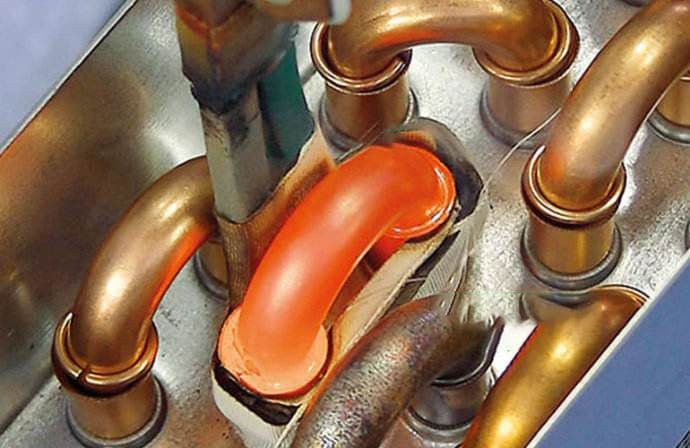
Common organic solvents include alcohol, carbon tetrachloride, gasoline, trichloroethylene, dichloroethane and trichloroethane.
During small batch production, the zero can be cleaned by soaking in organic solvent.
The most widely used in mass production is degreasing in the steam of organic solvent.
In addition, satisfactory results can be obtained in hot alkaline solution.
For example, steel parts can be degreased by immersion in 10% caustic soda solution at 70-80 ℃, and copper and copper alloy parts can be cleaned in a solution of 50g trisodium phosphate, 50g sodium bicarbonate and 1L water at a temperature of 60-80 ° C.
Parts can also be degreased in detergent and then carefully cleaned with water.
When the part surface can be completely wetted by water, it indicates that the surface grease has been removed.
For small parts with complex shape and large quantity, ultrasonic cleaning can also be used in special grooves.
Ultrasonic oil removal efficiency is high.
Before brazing, oxides on the part surface can be processed by mechanical method, chemical etching method and electrochemical etching method.
File, metal brush, abrasive paper, grinding wheel and sand blasting can be used to remove the oxide film on the surface when cleaning by mechanical method.
The file and sandpaper cleaning are used for single piece production, and the groove formed during cleaning is also conducive to the wetting and spreading of solder.
Grinding wheel, metal brush, sand blasting and other methods are used in batch production.
Mechanical cleaning is not suitable for the surface of aluminum, aluminum alloy and titanium alloy.
The main purpose of plating metal on the surface of base metal is to improve the solderability of some materials and increase the wettability of solder to the base metal;
Prevent the interaction between the base metal and filler metal from adversely affecting the joint quality, such as preventing cracks and reducing brittle intermetallic compounds at the interface;
As a solder layer, it simplifies the assembly process and improve productivity.
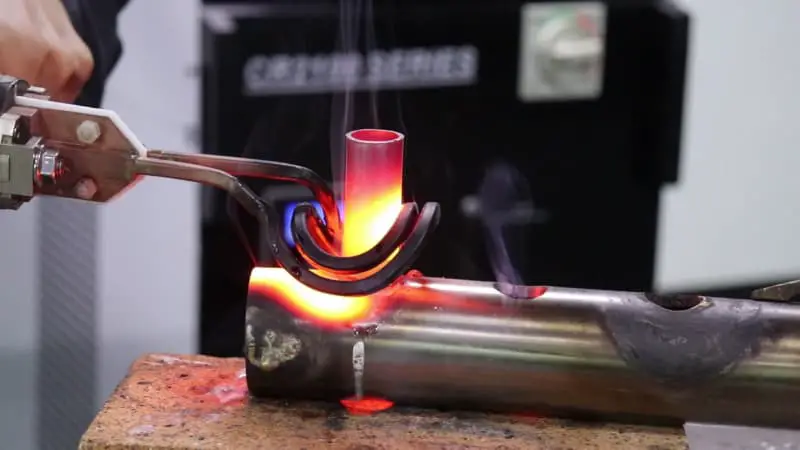
Brazing tool steel and hard alloy usually use pure copper, copper zinc and silver copper filler metals.
Pure copper has good wettability to all kinds of cemented carbides, but the best effect can be obtained by brazing in hydrogen reducing atmosphere.
At the same time, due to the high brazing temperature, the stress in the joint is large, leading to the increase of crack tendency.
The shear strength of the joint with traditional pure copper brazing is about 150MPa, and the joint plasticity is also high, but it is not suitable for high temperature work.
Copper zinc filler metal is the most commonly used filler metal for brazing tool steels and cemented carbides.
In order to improve the wettability of the filler metal and the strength of the joint, Mn, Ni, Fe and other alloy elements are often added to the filler metal.
For example, 4% w (Mn) is added to B-Cu58ZnMn to make the shear strength of cemented carbide brazed joints reach 300~320MPa at room temperature and maintain 220~240MPa at 320 ° C.
By adding a small amount of Co on the basis of B-Cu58ZnMn, the shear strength of the brazed joint can reach 350MPa, and it has higher impact toughness and fatigue strength, which significantly improves the service life of tools and rock drilling tools.
The melting point of silver copper filler metal is low, and the thermal stress generated by the brazed joint is small, which is conducive to reducing the cracking tendency of cemented carbide during brazing.
In order to improve the wettability of the filler metal and improve the strength and working temperature of the joint, Mn, Ni and other alloy elements are often added to the filler metal.
For example, B-Ag50CuZnCdNi filler metal has excellent wettability to cemented carbide, and the brazed joint has good comprehensive properties.
In addition to the above three types of solders, Mn based and Ni based solders, such as B-Mn50NiCuCrCo and B-Ni75CrSiB, can be used for cemented carbides that operate above 500 ° C and require high joint strength.
For the brazing of high-speed steel, special brazing filler metals matching the brazing temperature and quenching temperature should be selected.
This kind of brazing filler metals can be divided into two categories.
One is ferromanganese type brazing filler metals, which are mainly composed of ferromanganese and borax.
The shear strength of the brazed joints is generally about 100MPa, but the joints are prone to cracks.
The other is special copper alloys containing Ni, Fe, Mn and Si.
The joints brazed with it are not prone to cracks, and the shear strength can be increased to 300MPa.
The selection of brazing flux shall match with the base metal to be welded and the selected brazing filler metal.
Related reading: Welding Flux: How to Select and Use Correctly
When brazing tool steel and cemented carbide, the flux used is mainly borax and boric acid, and some fluoride (KF, NaF, CaF2, etc.) is added.
Copper zinc solders are equipped with FB301, FB302 and FB105 fluxes, and silver copper solders are equipped with FB101 ~ FB104 fluxes.
When special brazing filler metal is used for brazing high speed steel, borax brazing flux is mainly used.
In order to prevent oxidation of tool steel during brazing heating and avoid cleaning after brazing, gas-shielded brazing can be used.
The shielding gas can be either inert gas or reducing gas, and the dew point of the gas is required to be lower than – 40 ℃.
The cemented carbide can be brazed under the protection of hydrogen, and the dew point of the required hydrogen should be lower than – 59 ℃.
Tool steel must be cleaned before brazing, and the machined surface need not be too smooth to facilitate the wetting and spreading of materials and fluxes.
The surface of cemented carbide shall be sand blasted before brazing, or polished with silicon carbide or diamond grinding wheel to remove excessive carbon on the surface, so as to be wetted by the filler metal during brazing.
The cemented carbide containing titanium carbide is difficult to be wetted, so the wettability of strong solder is increased by coating copper oxide or nickel oxide paste on its surface in a new way and baking in a reducing atmosphere to make copper or nickel transition to the surface.
Brazing of carbon tool steels should preferably be carried out before or at the same time as the quenching process.
If brazing is carried out before the quenching process, the solidus temperature of the filler metal used shall be higher than the quenching temperature range, so that the weldment can still have sufficient strength when reheated to the quenching temperature without failure.
When brazing and quenching are combined, the filler metal with solidus temperature close to quenching temperature shall be selected.
The composition range of alloy tool steel is very wide.
The appropriate brazing filler metal, heat treatment process and the technology of combining brazing and heat treatment processes should be determined according to the specific steel type, so as to obtain good joint performance.
The quenching temperature of high-speed steel is generally higher than the melting temperature of silver copper and copper zinc solders, so it is necessary to conduct quenching before brazing and brazing during or after secondary tempering.
If quenching must be carried out after brazing, only the aforementioned special filler metal can be used for brazing.
When brazing high-speed steel tools, it is appropriate to use coke oven.
When the filler metal melts, take out the tool and immediately pressurize it, extrude the excess filler metal, conduct oil quenching, and then temper at 550~570 ℃.
When brazing the cemented carbide tool with the steel tool rod, it is advisable to increase the brazing seam clearance and apply plastic compensation gasket in the brazing seam, and slow cooling after welding to reduce the brazing stress, prevent cracks and extend the service life of the cemented carbide tool assembly.
Most of the flux residue corrodes the brazed joint and also hinders the inspection of the brazed joint, so it needs to be cleaned.
The flux residue on the weldment shall be washed with hot water or general slag removal mixture, and then pickled with appropriate pickling solution to remove the oxide film on the base tool.
However, do not use nitric acid solution to prevent corrosion of brazing metal.
The residue of organic soldering flux can be wiped or cleaned with gasoline, alcohol, acetone and other organic solvents;
Residues of zinc oxide and ammonium chloride are highly corrosive, so they should be cleaned in 10% NaOH solution, and then cleaned with hot or cold water.
Residues of borax and boric flux are generally solved by mechanical methods or long-term immersion in boiling water.
The inspection methods of brazed joints can be divided into non-destructive inspection and destructive inspection.
The following are mainly nondestructive testing methods:
(1) Visual inspection.
(2) Dye test and fluorescence test.
These two methods are mainly used to check the defects such as micro cracks, air holes and looseness that cannot be found in the appearance inspection.

